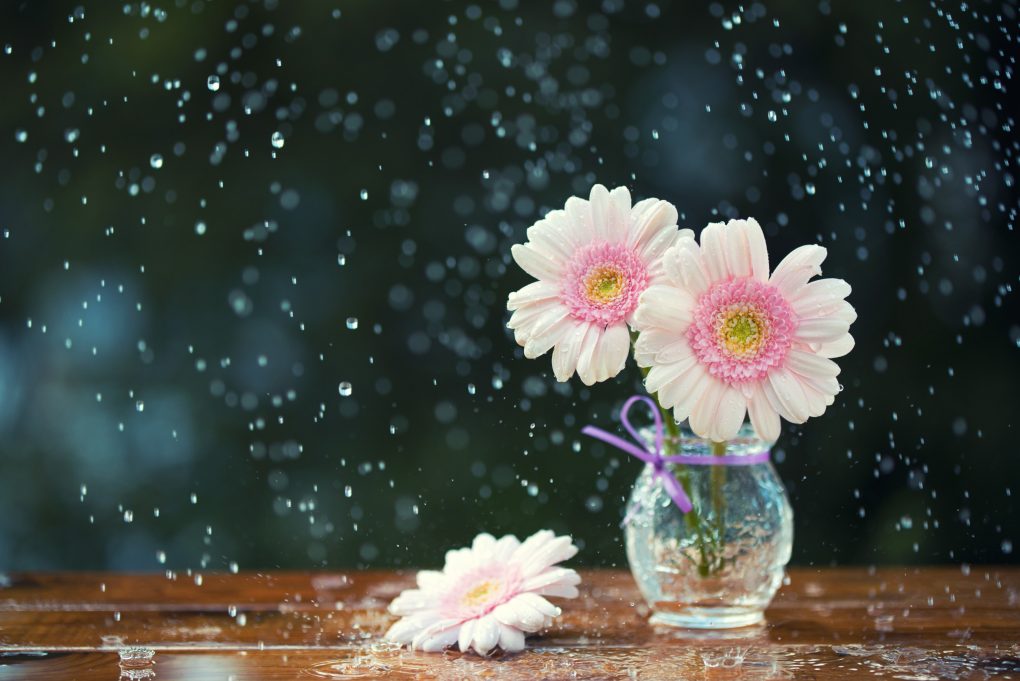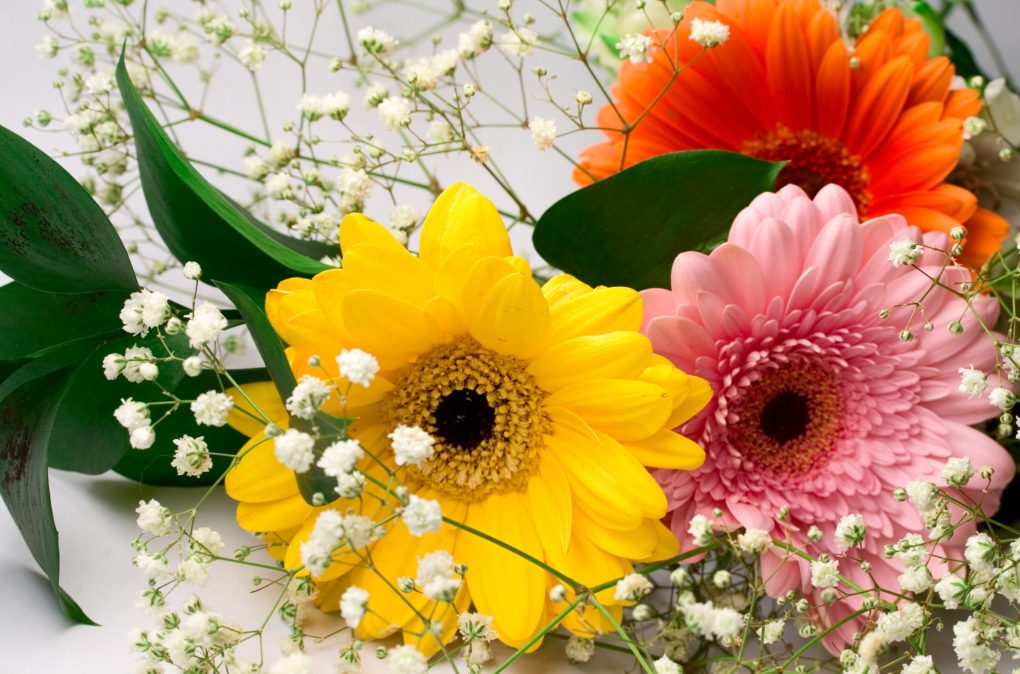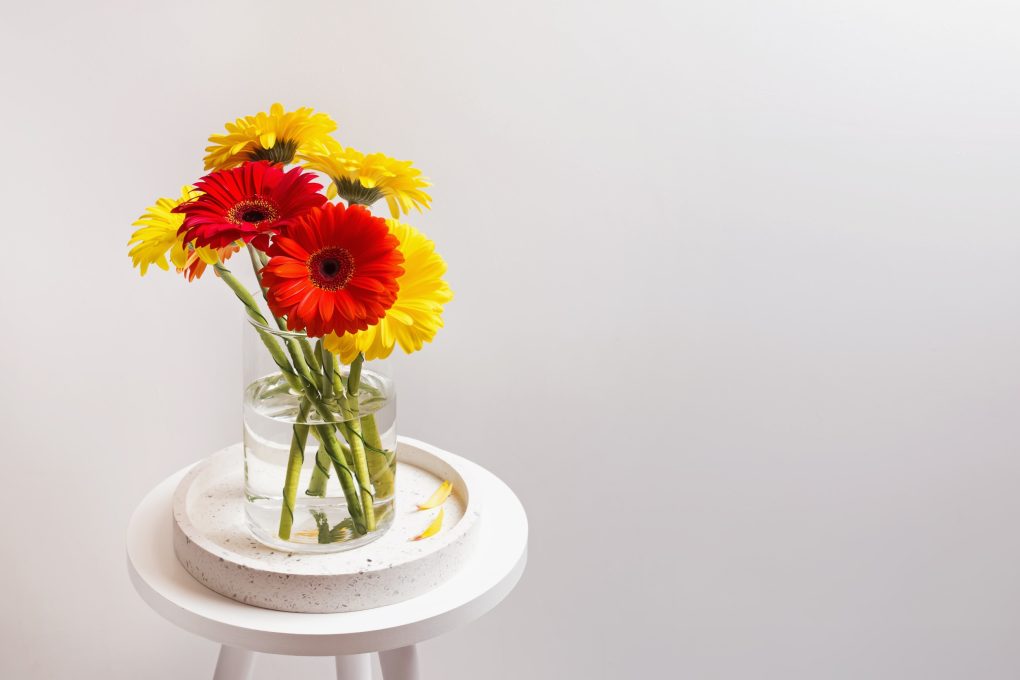How to Keep Gerbera Daisies Alive in a Vase: Tips for Longer-Lasting Blooms

Gerbera daisies are vibrant and long-lasting, making them popular for bouquets and vase arrangements. Follow these simple steps to help your gerbera daisies stay fresh and beautiful for as long as possible.
Table of Contents
Start with a Clean Vase
Begin by ensuring your vase is clean. Bacteria and contaminants can cause your flowers to wilt quickly. Thoroughly wash the vase with hot water and soap, then fill it with cool water. Adding a flower food packet to the water can provide essential nutrients and hydrate your flowers.
Trim the Stems
Use sharp, clean scissors or shears to trim your gerbera daisy stems at a 45-degree angle. This helps with water absorption. Remove any leaves or foliage below the water line to prevent bacteria growth. These steps will help your gerbera daisies stay fresh in the vase.
Choosing the Right Vase

When selecting a vase for gerbera daisies, consider the following:
Size Matters
Choose a squat-shaped vase that allows the cut stem to be inserted into a relatively large volume of shallow water. An ideal vase is no more than about three-quarters to one inch deep. This prevents the water from getting too deep and causing stem rot while providing support for the flower head.
Material Considerations
Opt for glass vases as they allow you to monitor water levels and stem conditions. If using ceramic vases, ensure they are glazed on the inside to prevent water absorption. Avoid metal vases, which can react with flower food and deteriorate the stems. Remember to clean the vase to eliminate bacteria by rinsing it with hot water and bleach. Fill it with fresh water and flower food.
Preparing the Water
Properly preparing the water ensures the longevity of gerbera daisies. Consider the following:
Temperature
Use lukewarm water, around 90 degrees Fahrenheit, to avoid shocking the flowers or causing stem softening and wilting.
Adding Nutrients
Add a packet of cut flower food to provide the necessary nutrients. If unavailable, 2 tablespoons of lemon juice and 1 tablespoon of sugar can be used. Alternatively, adding a teaspoon of bleach prevents bacteria growth. Change the water every two to three days, rinsing the vase thoroughly with soap and water.
Preparing the Flowers

Prepare the flowers properly to ensure the longevity of gerbera daisies in a vase. This involves trimming the stems and removing foliage.
Trimming the Stems
Cut the stems at an angle with a sharp knife or scissors, at least 1-2 inches from the bottom. As gerbera daisies have hollow stems, gently crush the ends with a hammer or pliers to create small openings for water absorption.
Removing Foliage
Strip the leaves from the lower part of the stem, leaving a few near the flower head. This prevents bacterial growth in the water and allows the flowers to focus on blooming.
Arranging the Flowers
Follow these tips to create a beautiful display of gerbera daisies:
- Choose a clean vase, thoroughly washed and rinsed.
- Fill the vase with fresh, cool water, and add floral preservatives if available.
- Trim the stems of your gerbera daisies at a diagonal angle using sharp scissors or pruning shears.
- Remove leaves below the water line to prevent bacteria growth.
- Start arranging with the largest blooms in the center, adding smaller blooms and foliage around them for balance.
- Experiment with different shapes and heights for a dynamic display.
- Keep the vase away
from direct sunlight and heat sources, change the water every two days, trimming the stems each time.
Following these steps, you can create a stunning display of gerbera daisies that will brighten any room in your home.
Maintaining the Bouquet

To ensure your gerbera daisies stay fresh and beautiful, follow these maintenance tips:
Changing the Water
Regularly change the water every two to three days. Empty the old water and replace it with fresh, cool water. Rinse the vase with hot water and soap to remove bacteria. Adding flower food nourishes the flowers and extends their lifespan.
Trimming the Stems
Trim the stems by cutting about an inch off the bottom at a 45-degree angle every time you change the water. This helps with water absorption. Remove leaves or foliage below the water line to prevent rot and bacterial growth.
